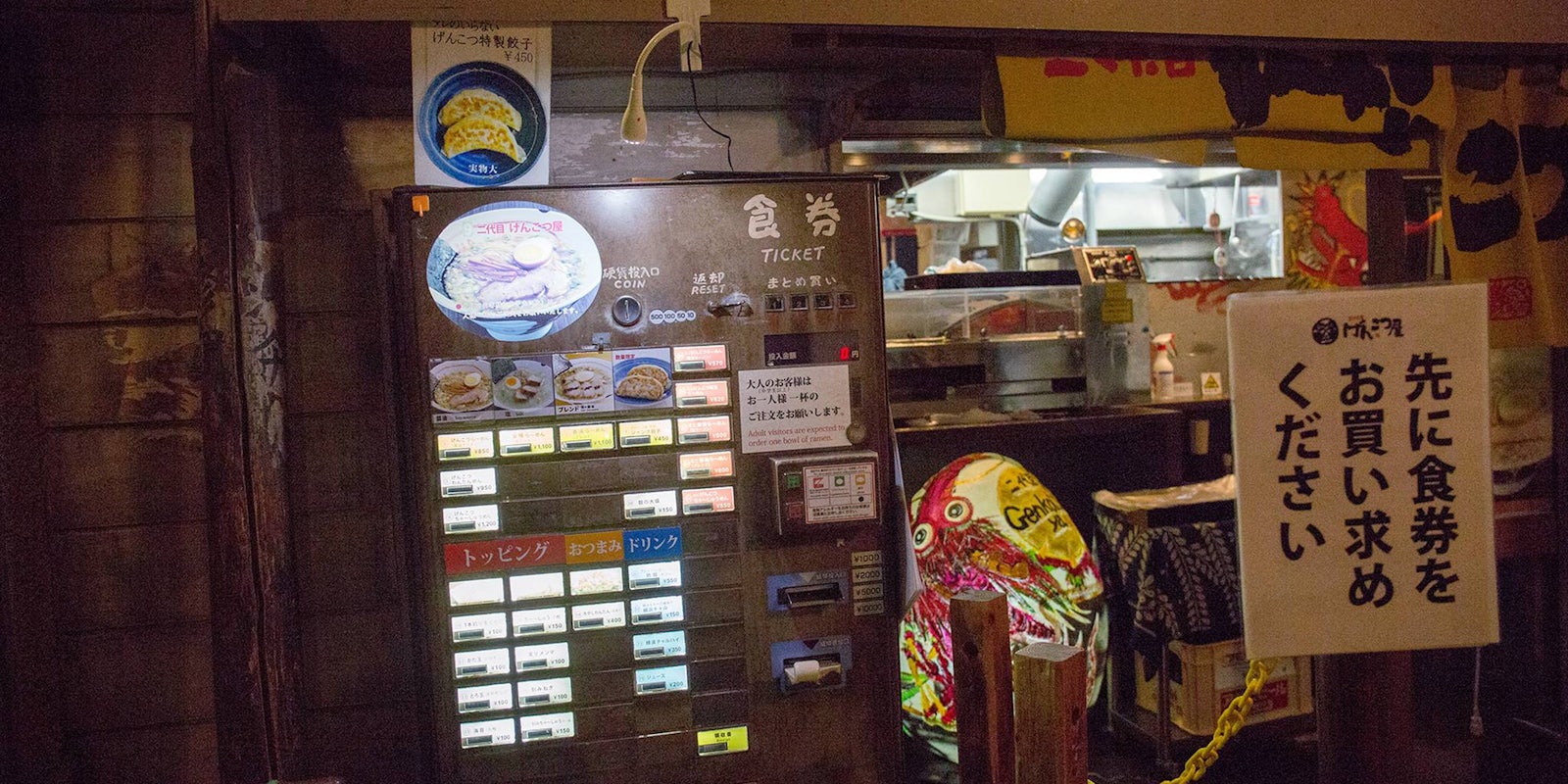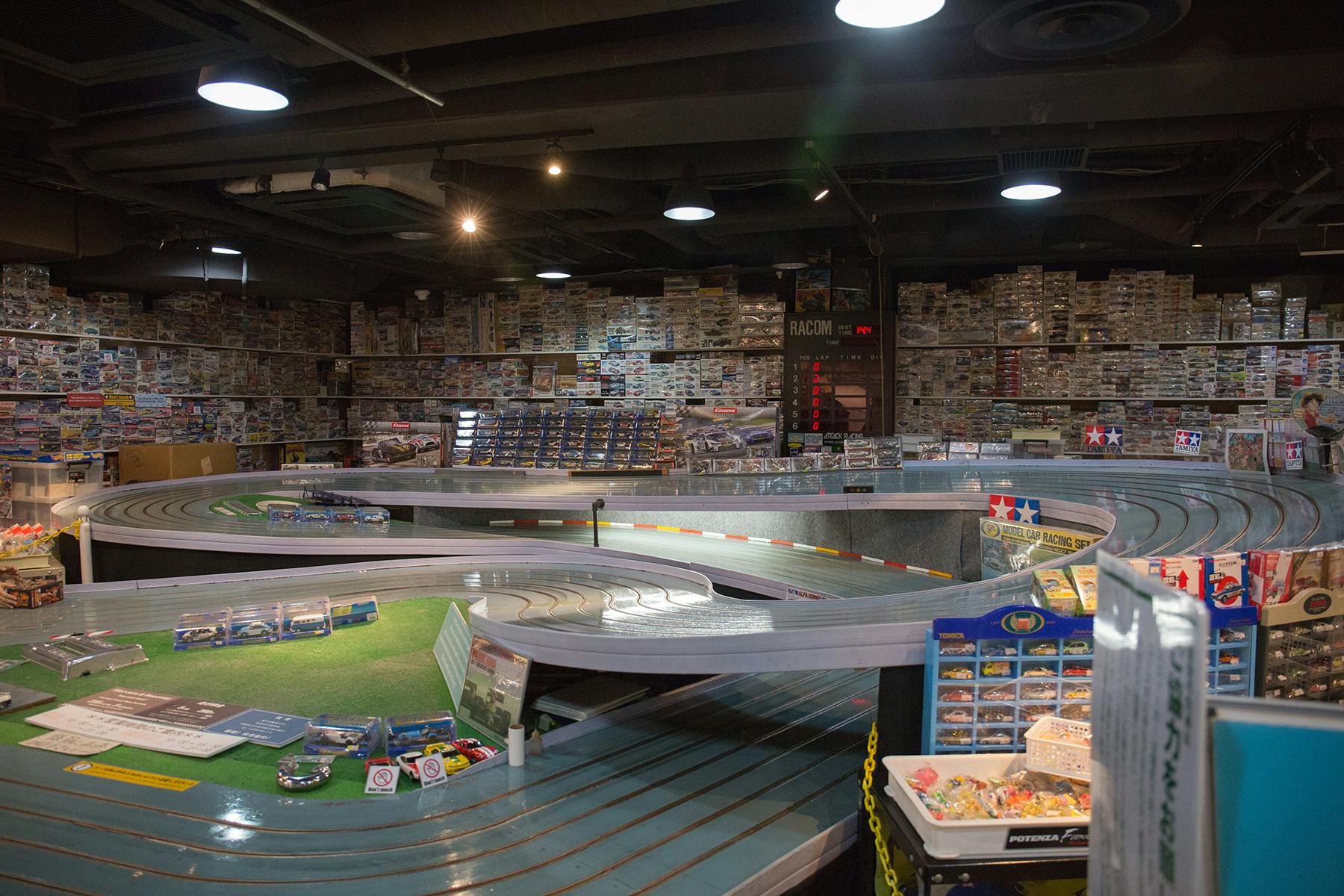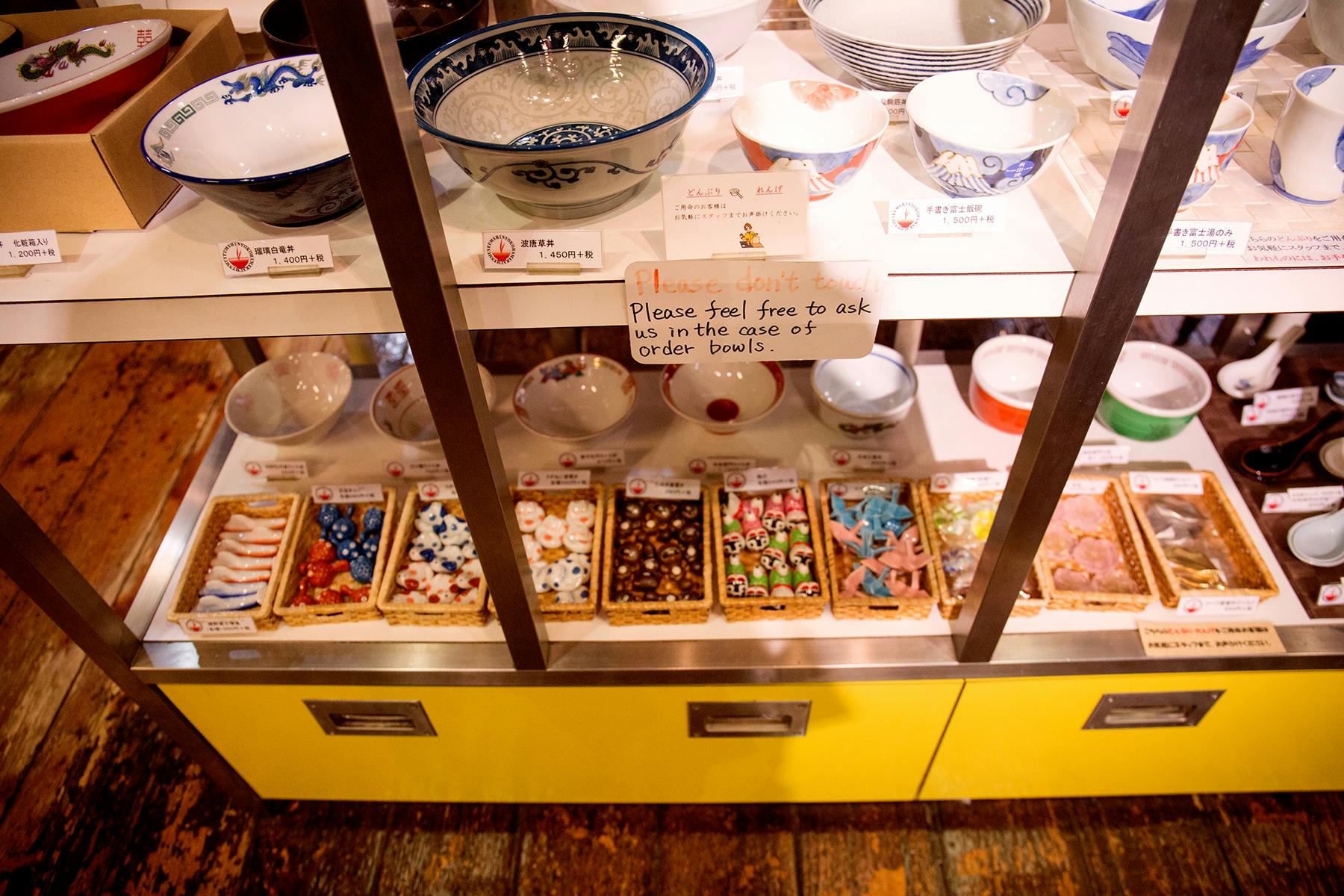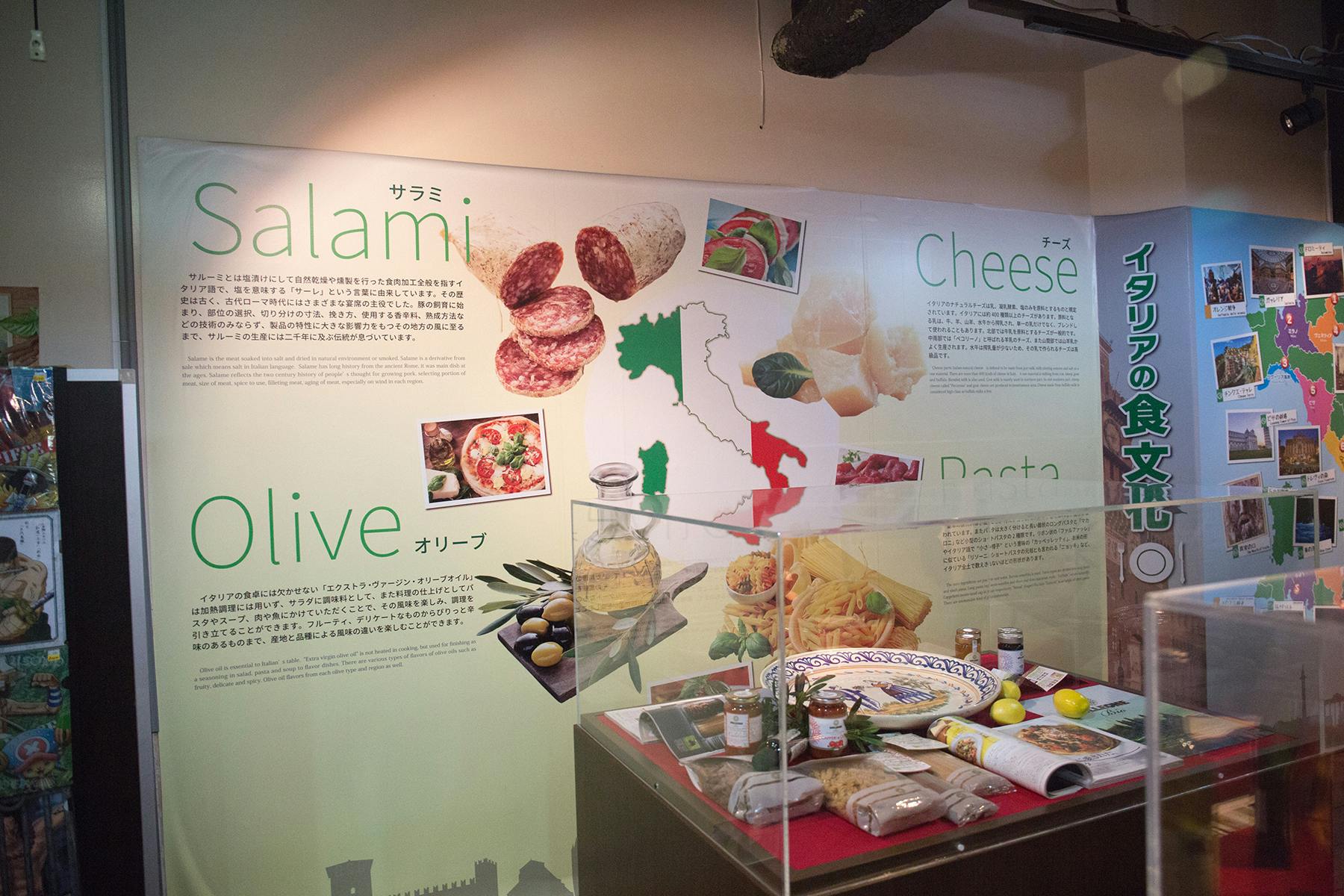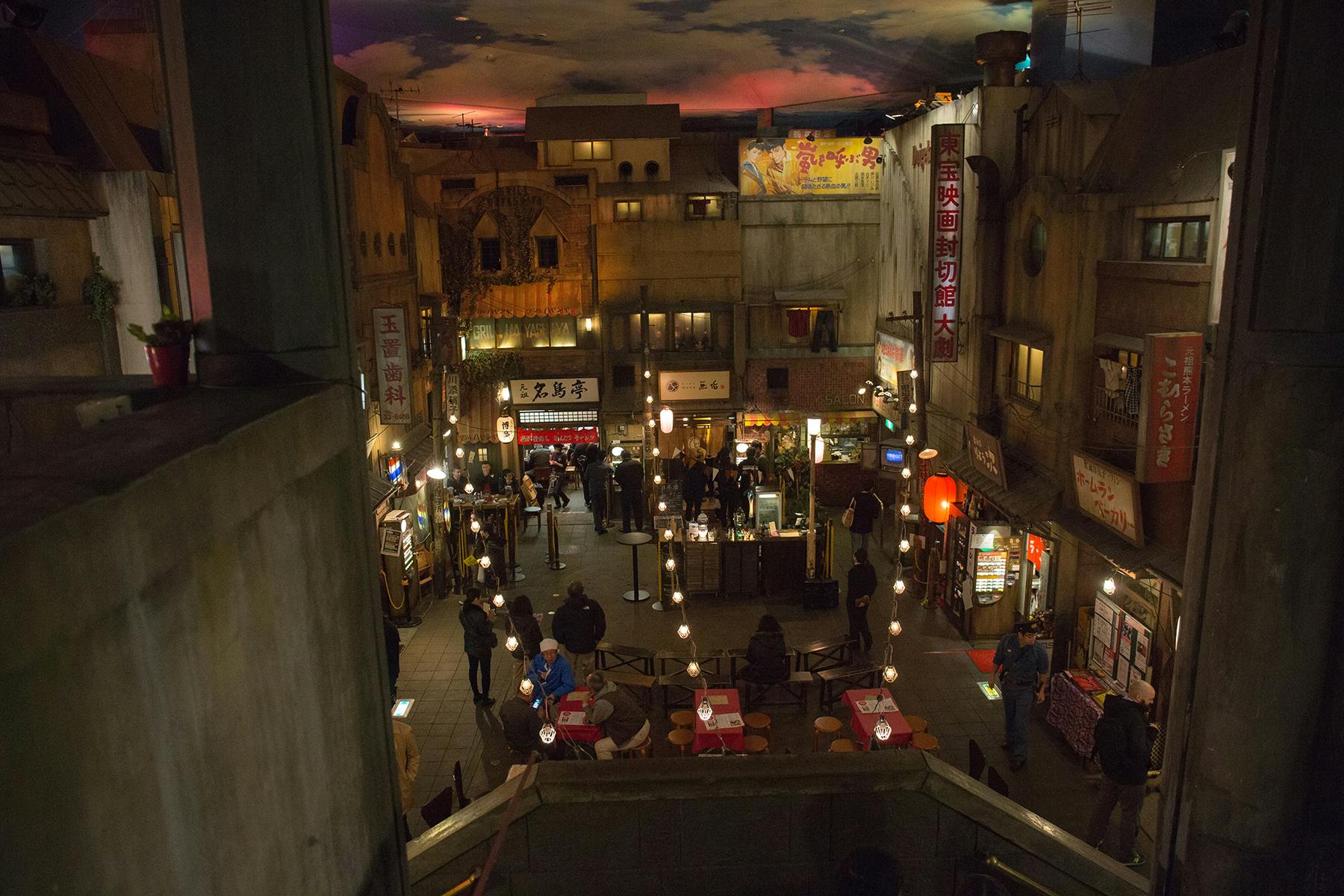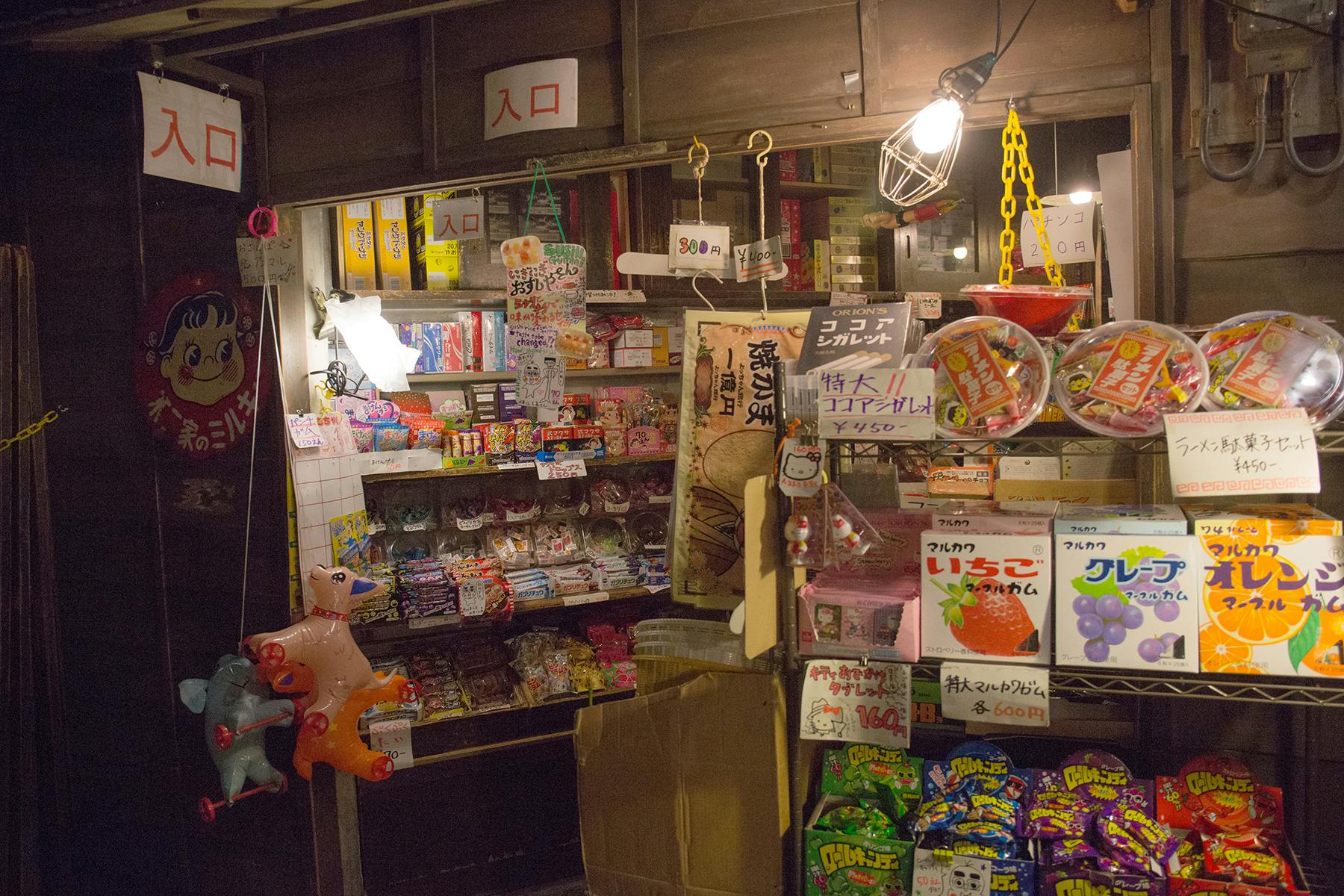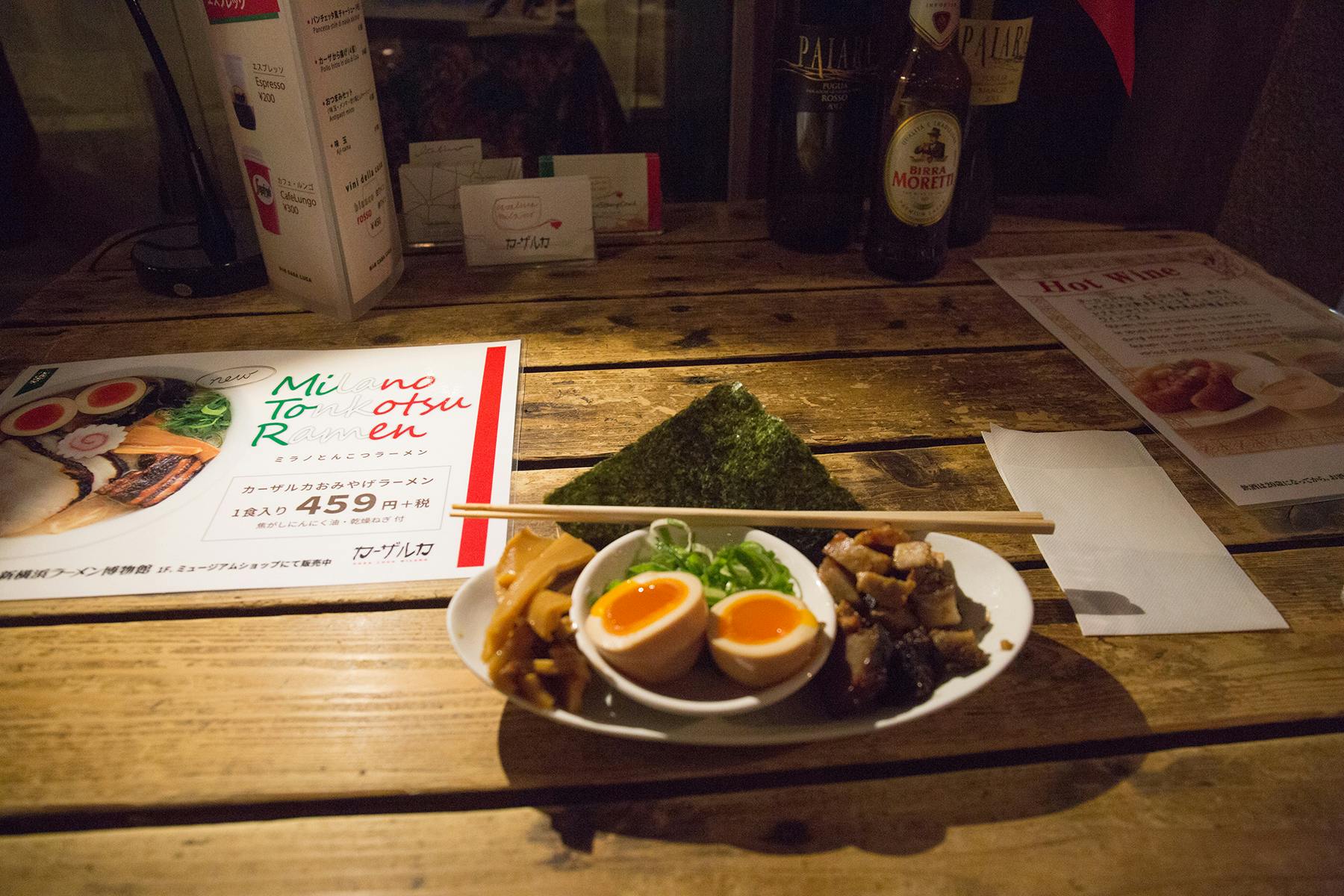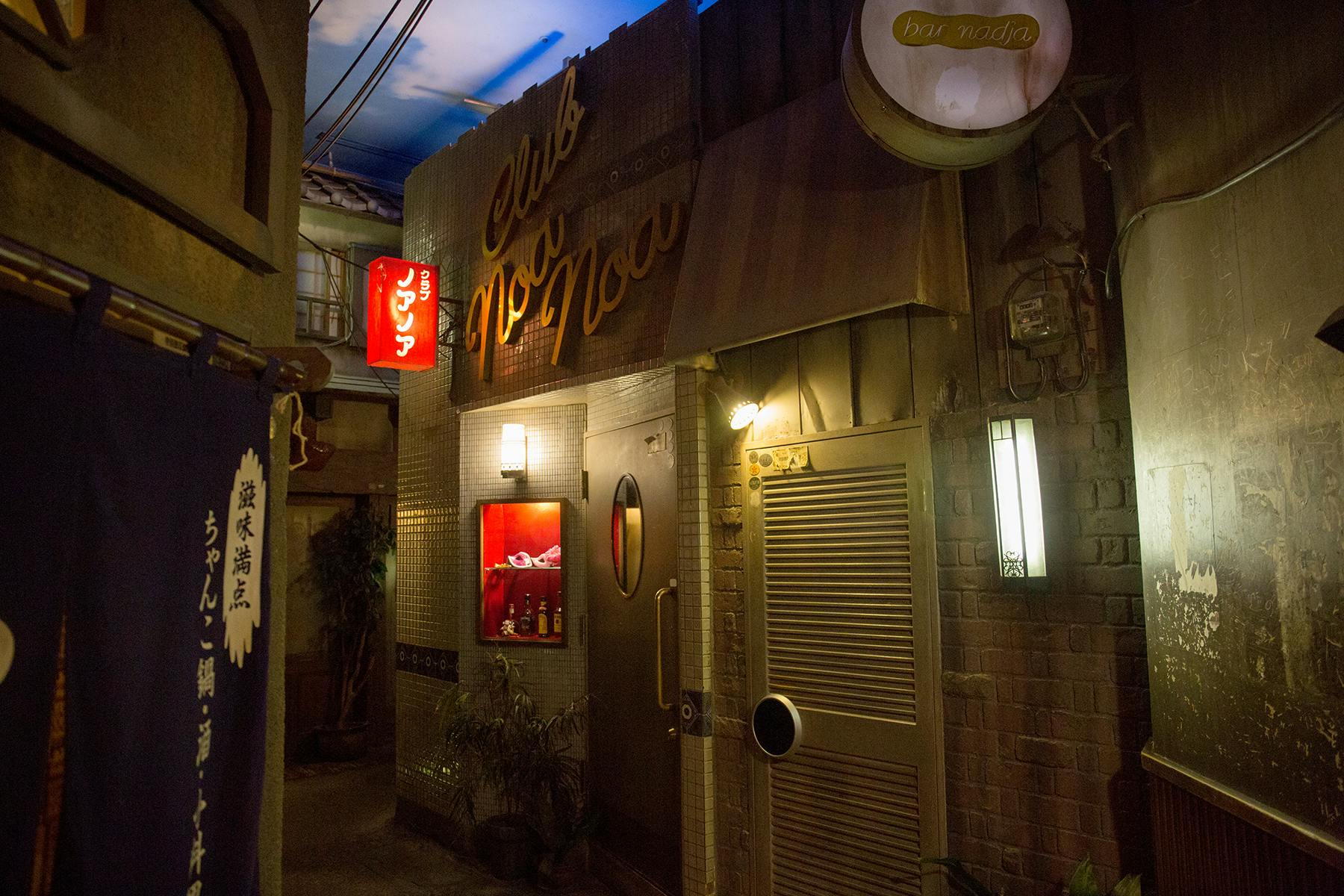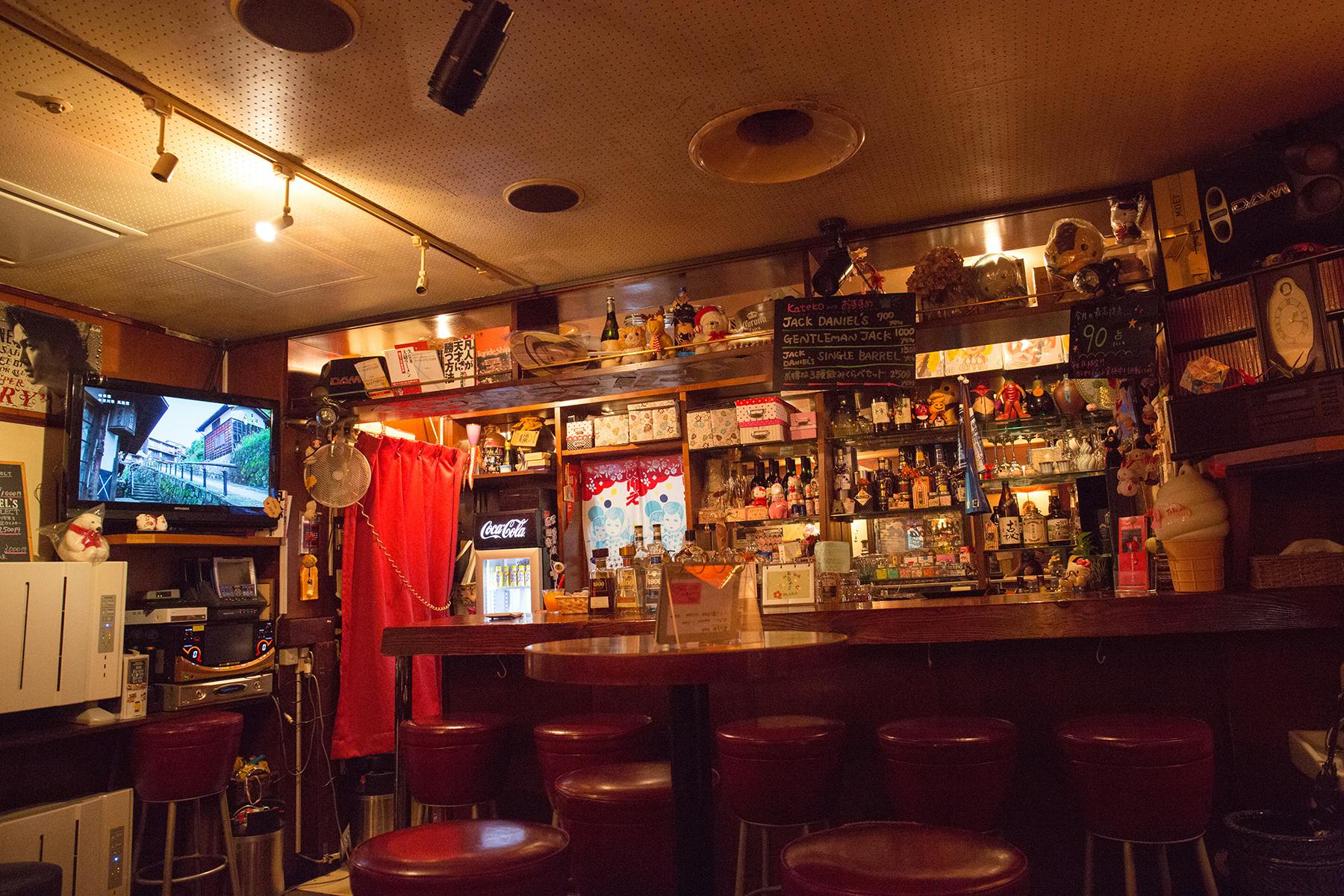It snows a powdery white in Japan during the winter, as dry as the atmosphere, flecks of snow gathering in the mountains and countryside. Chilled greenery rushed past me on the Shinkansen bullet train from Kyoto to Yokohama, en route to the latter’s ramen museum.
Ramen is as much a comfort food as it is an expression of place, perhaps no better concentrated than on the top floor of Kyoto station. The narrow passageway, meant to mimic an alley, features shop after shop, punctuated by ordering machines. Unofficially known as ramen street, it’s a gateway to the many spices, styles, noodles, and broths from around the country.
I bought my ticket and entered a gift shop replete with candies and toy race cars, two items entirely unrelated to the real star of the museum. The two rooms filled with souvenirs for sale straddled that strange tourist dichotomy of at once being global and entirely inaccessible.
The whole multi-level facility is itself worlds away and across the country from Osaka’s CupNoodles Museum, which pays homage to Momofuku Ando’s famous instant noodles and charts the history of how ramen spread to the masses. Ando’s innovations even brought ramen to space in 2005.
Stuffed in between the items available for purchase on the first floor, glossy wrapped walls broke down a basic biography of ramen, along with brief explanations of its various styles, while also hocking a recent Italian collaboration meant for Expo 2015, the World’s Fair set in Milan.
The Yokohama Ramen Museum was meant to bring me back to the past, a majority of its space dedicated to “the world’s first food-themed amusement park,” a designation it boasted when it opened its doors in 1994. Down a boxy, utilitarian staircase and onto a landing, I peered out towards 1950s Japan.
Those halcyon days of prosperity were known as the Showa era, and instant ramen made its debut right in the middle of that boom, in 1958. Turns out the slot-cars on the first floor harken back to ’60s Japan. There’s still no explanation for the candies, except that they’re more aesthetically featured on the center floor’s Dagashi-ya, or old-fashioned sweets shop.
I spent a month in Japan fending off delirium with piping hot cans of coffee fed out of street vending machines, their halogen glow the only evening activity on the narrow Kyoto street wrapped around my studio apartment, just stumbling distance from the train station. Japan is a photo essayist’s dream. I packed my days with one-of-a-kind experiences and spent my evenings working against a wicked time difference.
The day I went to the Yokohama Ramen Museum began the night before, thanks to work. By morning, I had just enough time to take an aromatherapy bath in a bulbous but narrow tub. It felt like being trapped in a soothing, lavender ladle. Then, out into the bone-dry cold, over to the train station, and into the museum without a wink of shuteye.
My biggest food fail of the entire trip came at the Italian-themed ramen stall at the bottom of the Showa-era basement. As a magician cracked jokes in Japanese to a rapt audience, I wearily tapped the halogen buttons of a ramen machine, took an exterior seat, and waited for… extra toppings.
A laminated English menu hung off the side of the machine. The waitress howled with sympathy while presenting my fixings, minus the ramen. It was only then that its glint caught my eye. I finished off what the unintended appetizer and made my way back up to the middle floor, winding through alleyways until I reached another shop.
My taste veered further southwest as I slurped up a bowl of Ganso Najima-tei ramen, a comforting tonkatsu dish showcasing the flavors of Hakata, in record time. A photo opportunity missed for the sake of sustenance, I made my way to the Kateko Cafe to finish out strong with a snack and some booze.
With my time dwindling, I ordered a shockingly boozy tea and some Japanese cream cheese dripping with an indescribably delicious savory sauce and shreds of fish. I had a nail appointment to catch in Tokyo.
After a bit of research, plenty of the Yokohama Ramen Museum made sense to a gaijin like me. The street performer was lost to the language barrier, however, and the real significance of post-war prosperity has yet to reveal itself to me.
The multi-level museum/theme park acts as a distillation of the head-spinning joys of culture shock, its back to present day Japan, standing athwart to a cuisine whose significance has been stymied by the very globalization it claims to perpetuate.

